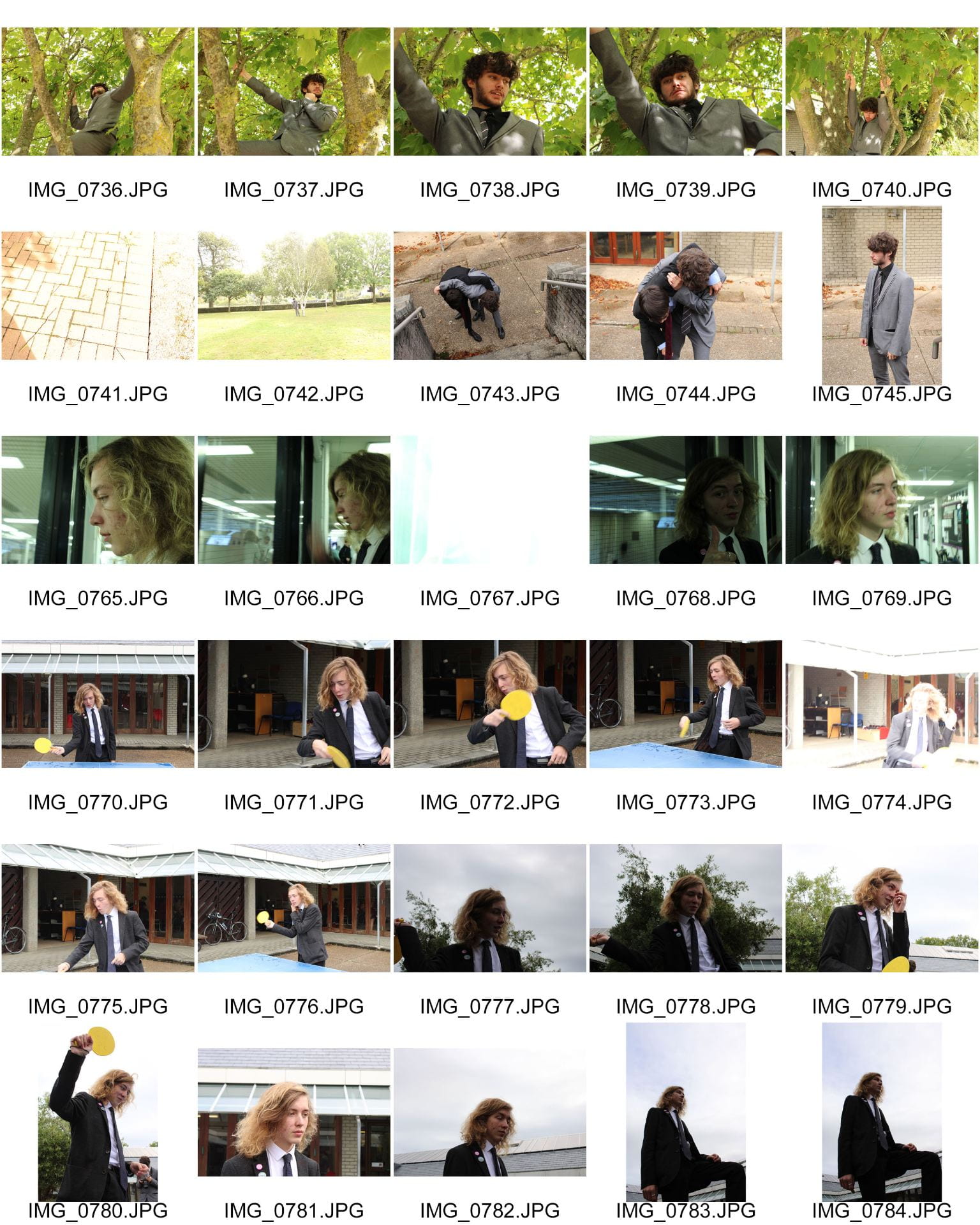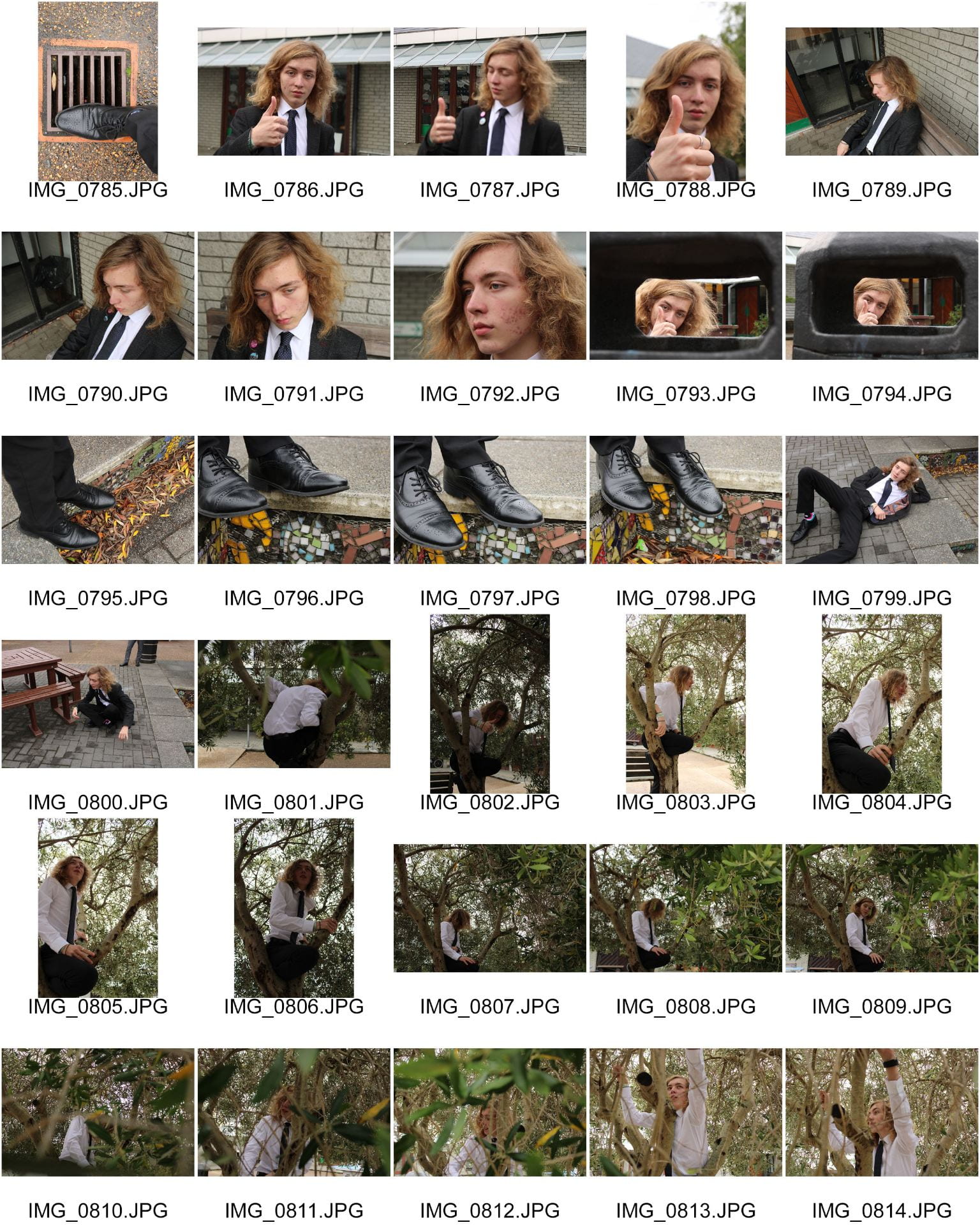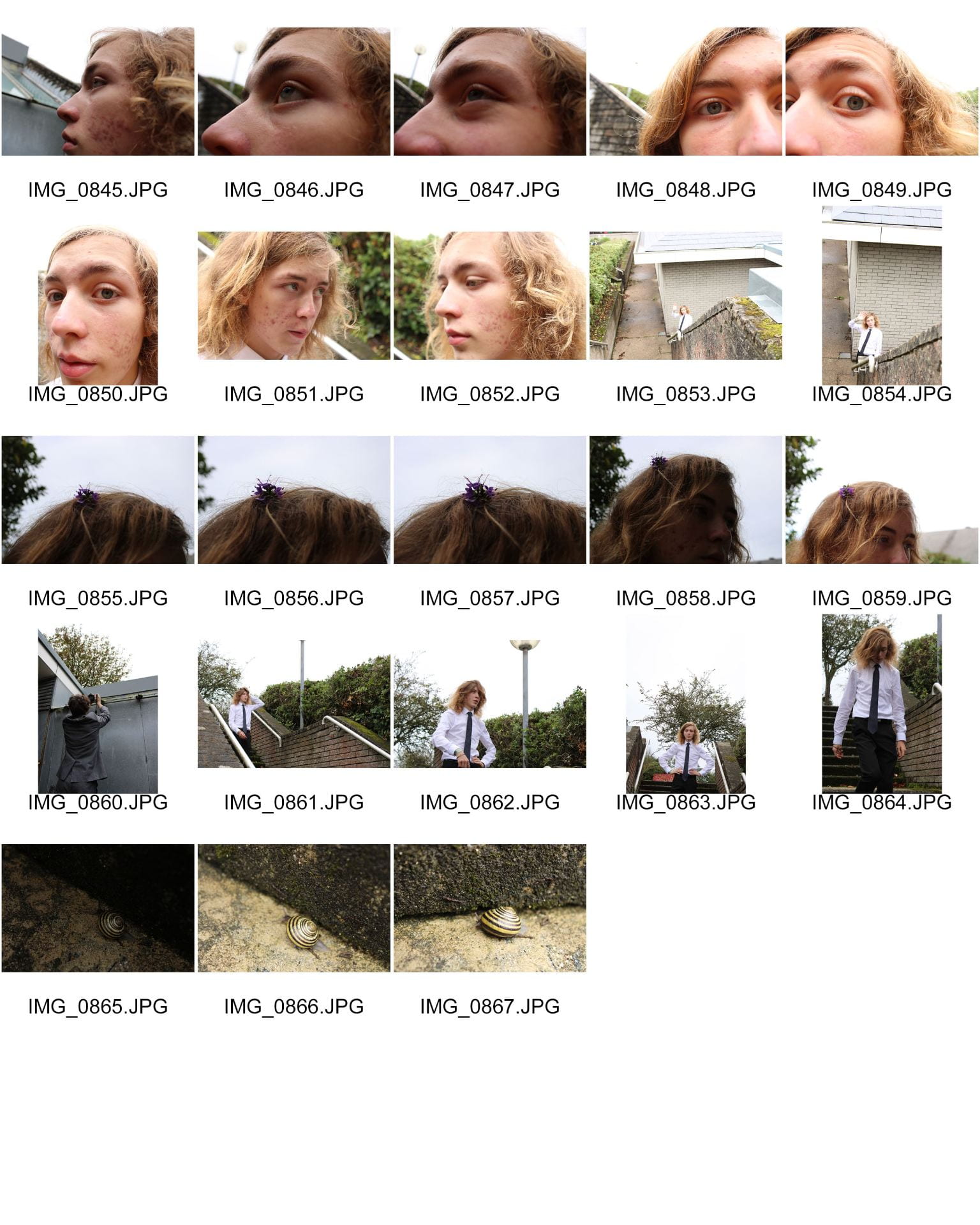In this task we were experimenting and learning the different applicable settings and properties of a DSLR camera in order to use them in our future work successfully. This included learning and understanding the three main principles of taking photos with this type of camera;
- Aperature – The size of the hole which lets light into the lens, represented as F in the camera settings (standing for focal length). The bigger the focal length the smaller the aperature, allowing more light in and keeping all areas in focus. The smaller the focal length the larger the aperature, with less light let in and a more blurred background.
- Shutter Speed – The speed at which the shutter “blinks” (like an eye), with a higher speed less light is let in and a focused, still image is taken. Meanwhile with a slower shutter speed more light is let in and any motion is blurred.
- ISO – The sensitivity of the camera to light, with a lower ISO the sensitivity is lower and the image less grainy, whilst a higher ISO is more sensitive to light and the image becomes more grainy.
To better familarize ourselves with this, we then proceeded to do a photo shoot simply experimenting with these settings, as well as considering ideas such as framing, angle, distance, and point of view; each an element that can assist to give a different narrative with each photo.
Contact sheets of my experimentation photo shoot:
By completing this I now have an improved idea and concept of how I can use my camera to achieve appealing images, as well as utilising the perspective of the camera and positioning of a model to tell a story and give an image meaning/narrative when taking photos of my star for the music magazine.




